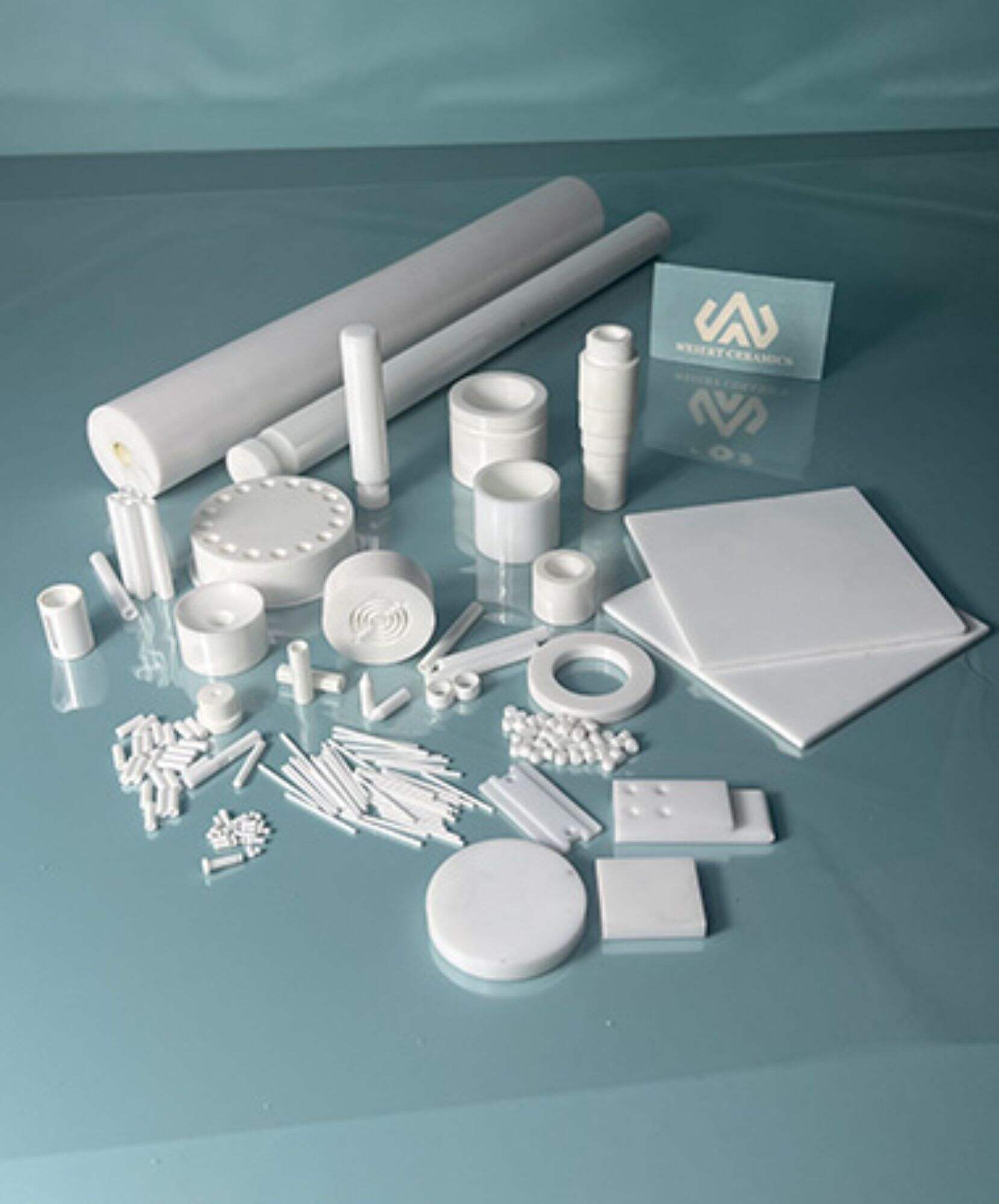Due to their nature as robust components originating from clays fired in fires that have blistering temperatures, ceramics are useful for many dimensions. Ceramics, like alumina ceramic is one of those; they are rigid and strong at the same instance. Zirconia Toughened Alumina (ZTA) by Weiert Ceramics: The introduction of zirconium into alumina by the scientist in order to improve its properties.

Benefits
In terms of strength, ZTA exceeds that displayed by typical alumina with a high capacity for resisting higher levels of force and pressurized environments without the material becoming susceptible to damage. Furthermore, ZTA does have a degree of toughness helping avoid fractures or breaks. This high durability also diversifies the possible applications for ZTA.
Advancements
The addition of zirconia is an intriguing scientific issue to be submitted in the ZTA matrix. Zirconia can perform its crystal structure to be changed over with a thermally guided. This transformation results in the formation of small regions called transformation-toughening particles that increase stabilized zirconia strength. In fact, these nanoparticles serve to dissipate the stress and absorb energy like a crack or fracture prevention security blanket for material.
Usage
It is important to keep certain specifications in mind when deciding between traditional alumina and ZTA; Once again, specializing in the finest feature detail for electronics and long-term medical implants is where traditional alumina excels - with zirconias being the better option if you seek robust electronic component manufacturing or will wind up designing any type of non-disposable implemented. There are advantages to each material and you would choose different options for specific needs.
This simple comparison of traditional alumina and ZTA highlights the benefits and drawbacks of each material. Unlike regular alumina, which is recognized for its superb strength and hardiness alone; ZTA was instead chosen because it possesses a greater toughness with excellent anti-wear properties. In the end, it boiled down to what was right for this application.

 EN
EN
 AR
AR
 HR
HR
 CS
CS
 DA
DA
 NL
NL
 FI
FI
 FR
FR
 DE
DE
 EL
EL
 HI
HI
 IT
IT
 JA
JA
 KO
KO
 NO
NO
 PL
PL
 PT
PT
 RO
RO
 RU
RU
 ES
ES
 SV
SV
 CA
CA
 TL
TL
 IW
IW
 ID
ID
 LV
LV
 LT
LT
 SR
SR
 SK
SK
 SL
SL
 UK
UK
 VI
VI
 TH
TH
 TR
TR
 FA
FA
 AF
AF
 MS
MS
 GA
GA
